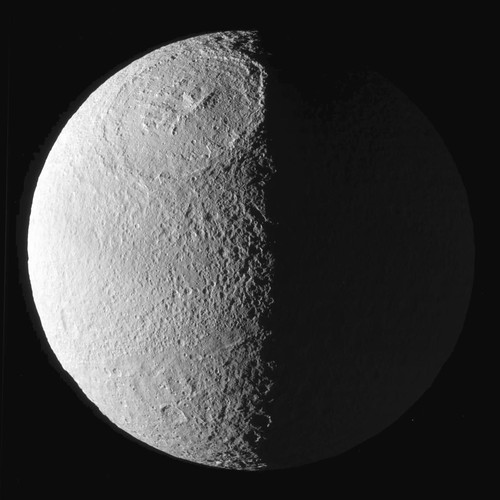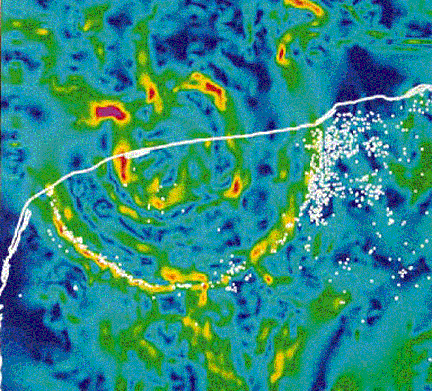http://heritage-key.com/blogs/gen-swart ... ircumpunct[/b]-ra-or-circle-dot-middle
Dan Brown's Lost Symbol -
Circumpunct, Ra, or Circle With a Dot in the Middle?
Submitted by Gen Swart on Mon, 09/28/2009 - 16:54
<<As any true seeker of ancient wisdom knows, it ain't found in a Dan Brown novel. This is despite the bold claim in the preface to his latest epic, The Lost Symbol:
"FACT: In 1991, a document was locked in the safe of the director of the CIA. The document is still there today. Its cryptic text includes references to an ancient portal and an unknown location underground. The document also contains the phrase 'It's buried out there somewhere.'
"All organizations in this novel exist, including the Freemasons, the Invisible College, the Office of Security, the SMSC, and the Institute of Noetic Sciences.
"All rituals, science, artwork, and monuments in this novel are real."
Brown was asking for it, wasn't he? All over the world, people are now having a ball proving The Da Vinci Code author wrong again on numerous points, from his definition of ancient (200 years, duh!) to his grasp of Washington DC's geography. The Freemasons have even set up a website to fight the lies, although they are more likely to find themselves inundated with applications for membership.
But – despite Brown's leaden, explanation-heavy denouement – much confusion still surrounds the Lost Symbol itself.
Staggering through all 509 pages (spare yourself the misery, try instead the Guardian's parody) reveals the tatttoed maniacal villain was not actually hunting for the lost symbol but the lost word – and, for all good Christians, a simple capital W would have cleared the whole thing up from page 1. Besides, the Lost Symbol was never really lost. Its meaning may have been a little obscure but that's because it has multiple interpretations. Clear as mud? Excellent. Let's proceed.
The symbol in question is what Dan Brown calls a
Circumpunct. Interestingly, a Google search for the word "
Circumpunct" turns up only 1480 results (although that is increasing as Brown-noses unthinkingly adopt the word). It appears in no sensible dictionary, such as the OED, or even dictionary.com. In fact, some of its few web pages feature a discussion in the Wikimedia Commons on
Circumpunct's validity and origins – in the ancient year of, er, 1992. The word, some argue, was first coined by the Brianists, followers of 'Brian the Cyber Prophet', a decidedly dodgy, short-lived religion of the 1990s that adopted the
Circumpunct as its symbol.
Brown has this to say in his novel: "In the idiom of symbology, there was one symbol that reigned supreme above all others. The oldest and most universal, this symbol fused all the ancient traditions in a single solitary image that represented the illumination of the Egyptian sun god, the triumph of alchemical gold, the wisdom of the Philosopher's Stone, the purity of the Rosicrucian Rose, the moment of Creation, the All, the dominance of the astrological sun, and even the ominscient all-seeing eye that hovered atop the unfinished pyramid. The
Circumpunct. The symbol of the Source. The origin of all things."
The Lost Symbol's cardboard cut-out hero – Robert Langdon, a professor so wacky and adventurous he refuses to wear ties (look out, Indiana!) – describes the
Circumpunct as one of the most widely used symbols in history. It has dozens of meanings; in ancient Egypt, he says, it was the symbol for the sun god Ra.
Can we Trust Brown on This?
There are already conspiracy theories surrounding his usage of the symbol (including one incoherently excited site that believes the Freemasons'
Circumpunct celebrates the same star pictured in a 3500-year-old Egyptian tomb, an assertion that ends up being little more than an advertisement and request for cash).
It is true that the
Circumpunct symbol has been around for millennia, albeit more often known as "the circle with the dot in the middle". It can symbolise everything from gold in alchemy to a European road sign for city centre. It is commonly used as a solar symbol and reputable sources date this to ancient Egypt, where the symbol has its origins in Ra (or Re), god of the midday sun. In fact, the circle with a midpoint, plus a vertical line is the hieroglyph meaning "sun".
So how did an Egyptian symbol rise to shine again as a token of the ancient mysteries among 21st-century Freemasons in Brown's novel? Langdon's exposition is as follows: "The pyramid builders of Egypt are the forerunners of the modern stonemasons, and the pyramid, along with Egyptian themes, is very common in Masonic symbolism." Very neat. Well done, Brown.
Later in the novel, after the
Circumpunct is discovered inside the stone box which housed the capstone for a mysterious Masonic pyramid, Langdon briefly mentions one of the most famous images supposedly deriving from the
Circumpunct – the all-seeing eye over the Great Seal of a United States dollar bill. But mostly the
Circumpunct is represented in the book in its purest, original form.
This simple symbol has many meanings, often spiritual. The Stanford Solar Center says the circle with a point is the common astrological and now astronomical symbol for the Sun, as well as the ancient alchemical symbol for gold, the perfect metal. This is because the sphere is a perfect shape, representing wholeness, oneness, unity and spirituality.
In her book Life Symbols as Related to Sex Symbolism, Elizabeth E. Goldsmith writes that the dot within the circle dates to ancient times and may have typified the seed within the egg. "This is the 'Orphic egg', a symbol of the universe whose yolk in the middle of a liquid surrounded an encompassing vault, represented the globe of the sun floating in ether and surrounded by the vault of heaven," she writes. How apt then that Ra – worshipped as the great father who created gods and men – should be represented by this symbol.
In Hinduism the midpoint in the circle is called a "bindu" – meaning point or dot – and it's said to signify the spark of male life, the point at which creation begins within the cosmic womb and one becomes many. According to the book Yantra: The Tantric Symbol Of Cosmic Unity the bindu is the "the sacred symbol of the cosmos in its unmanifested state".
It would be interesting to find out where this symbol appears all over the world. In Freemasons' halls, we now know. In the writings of the ancient Egyptians. But where else? >>






